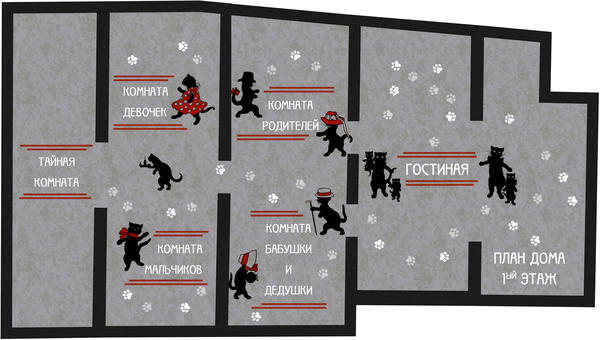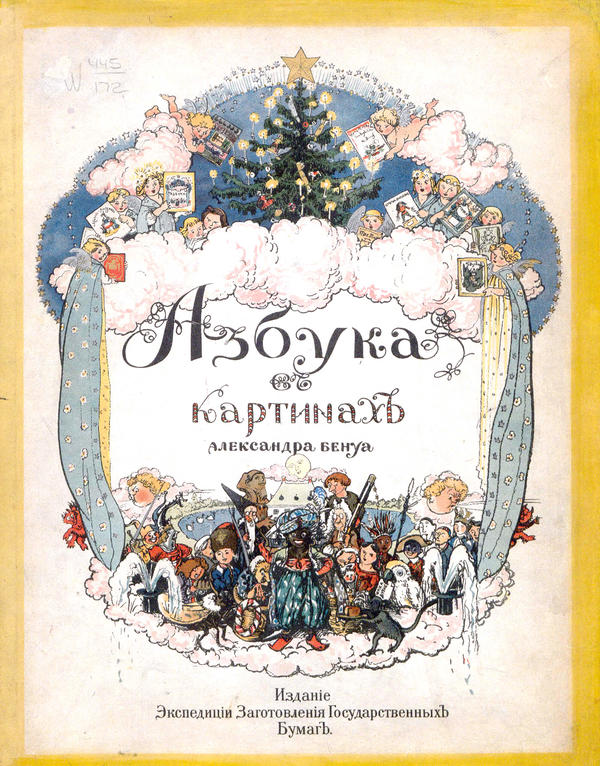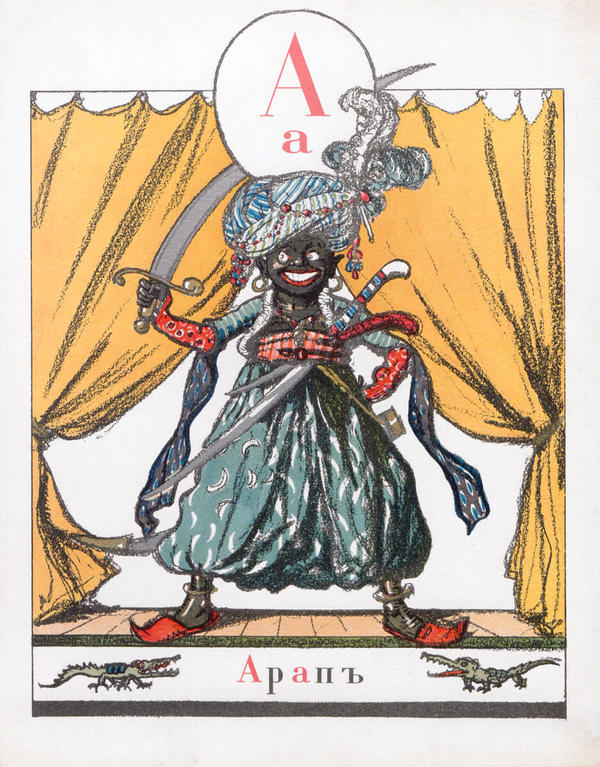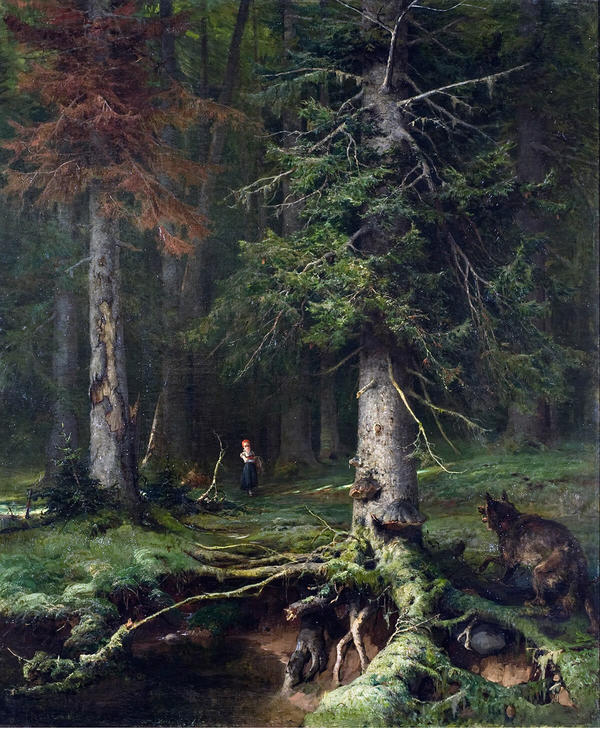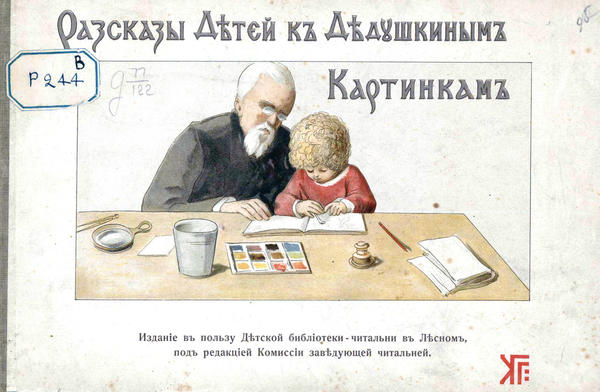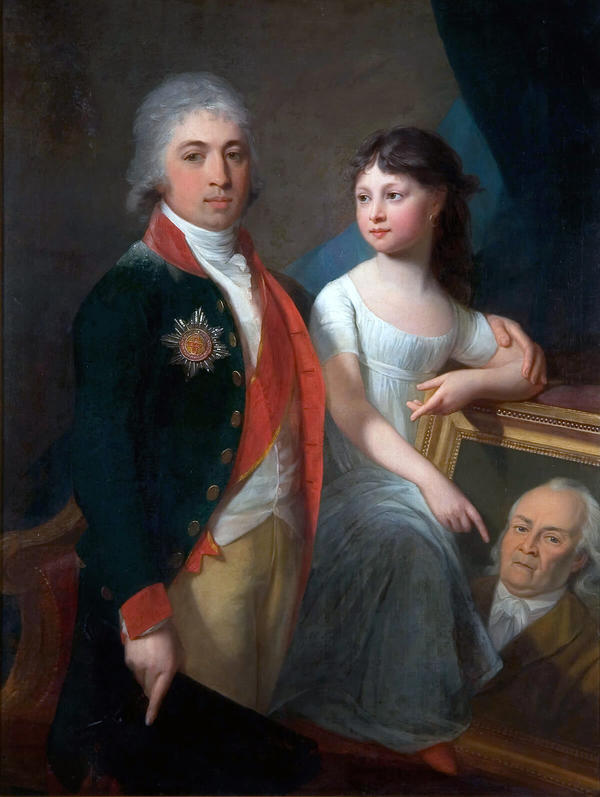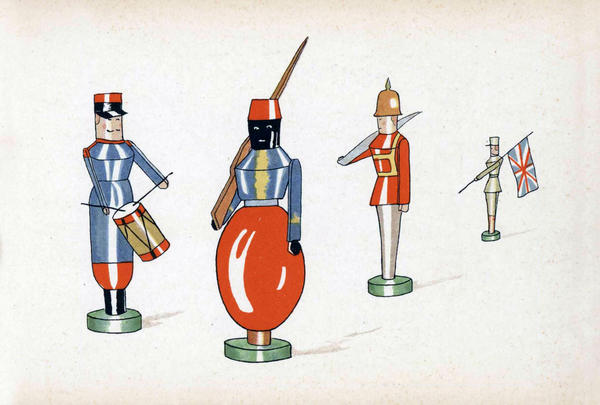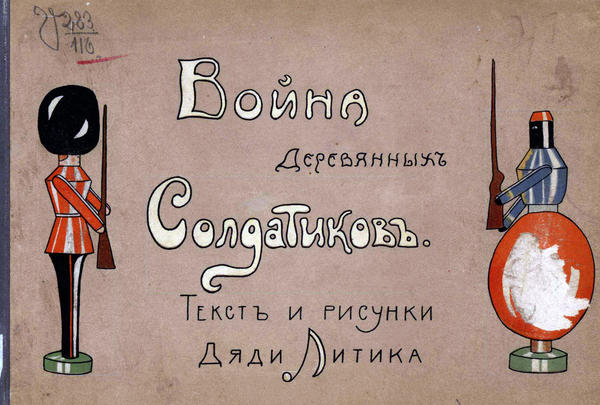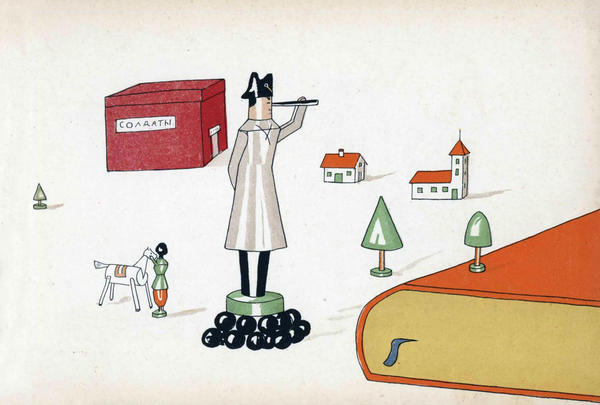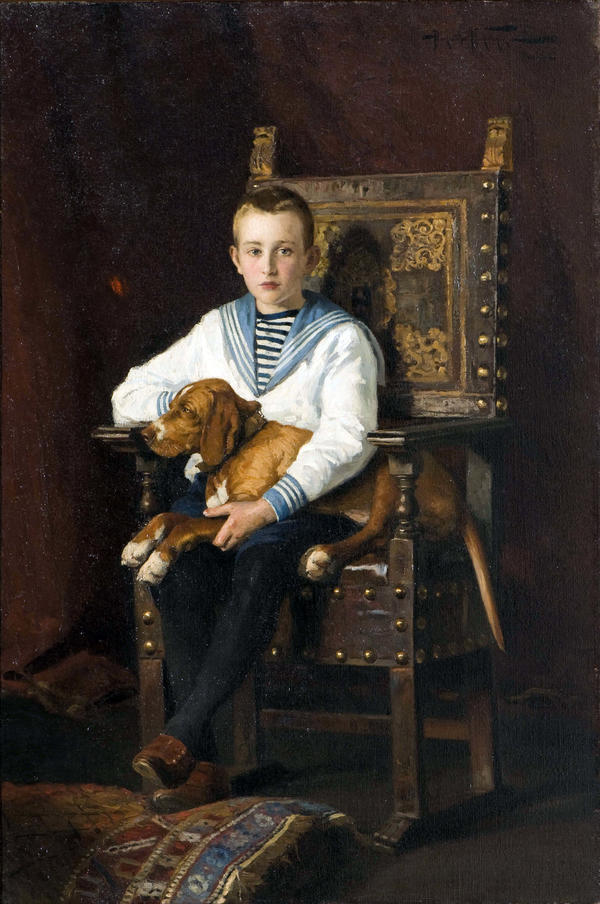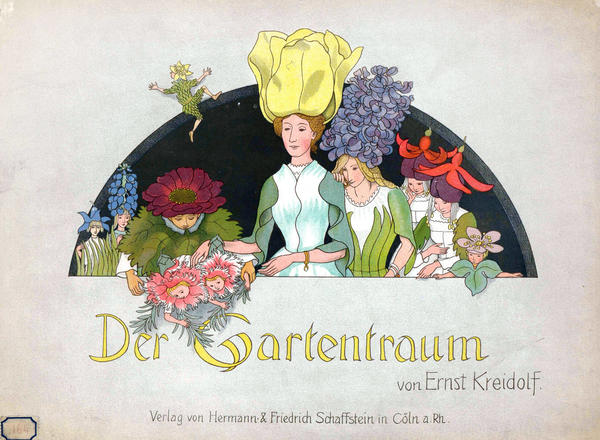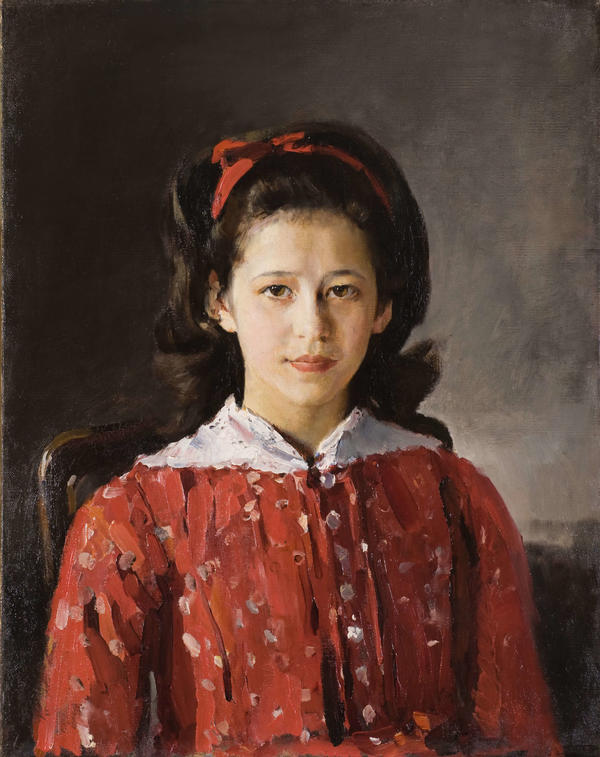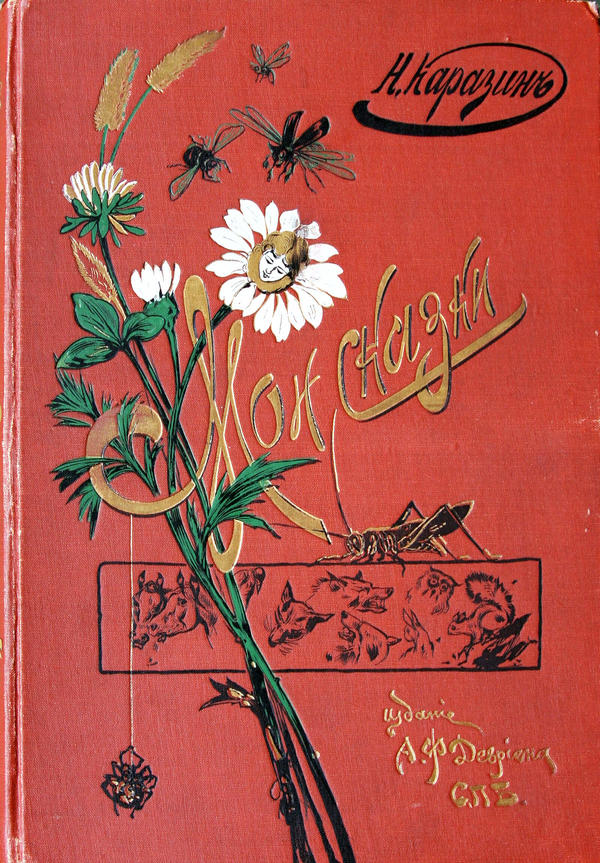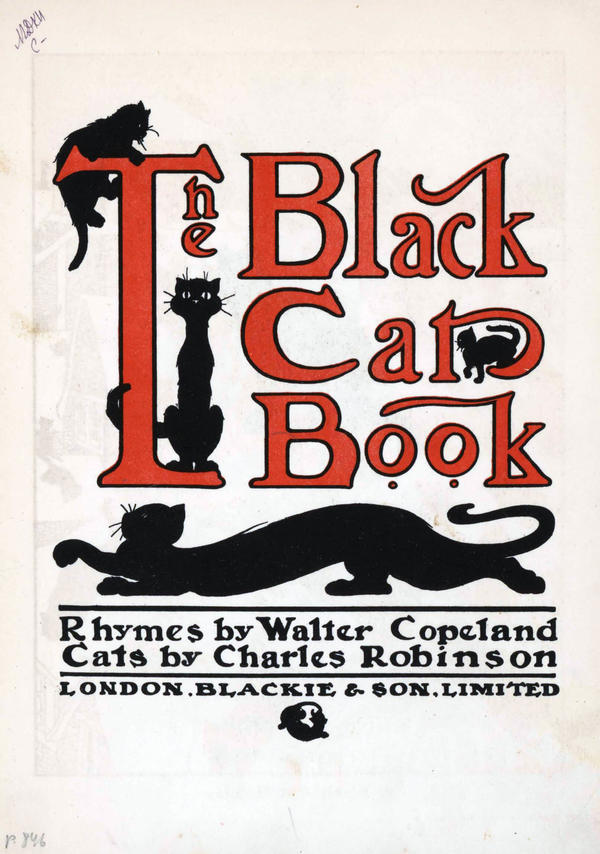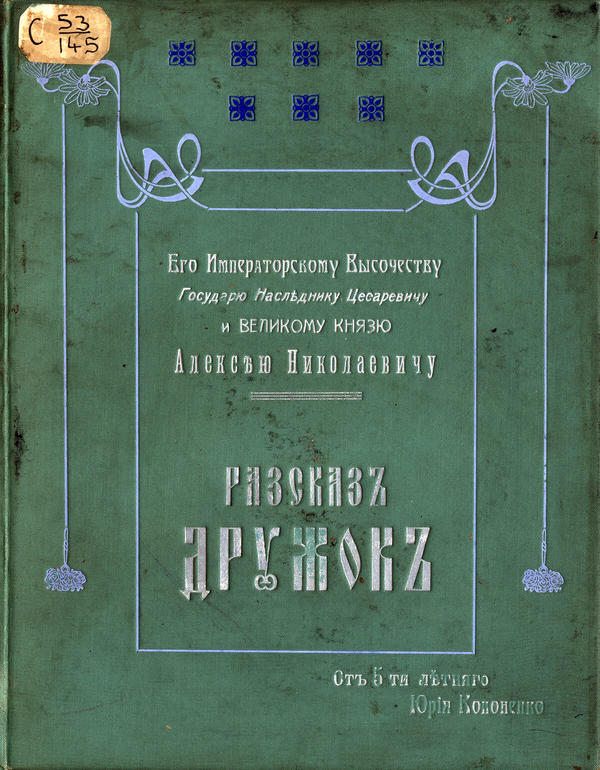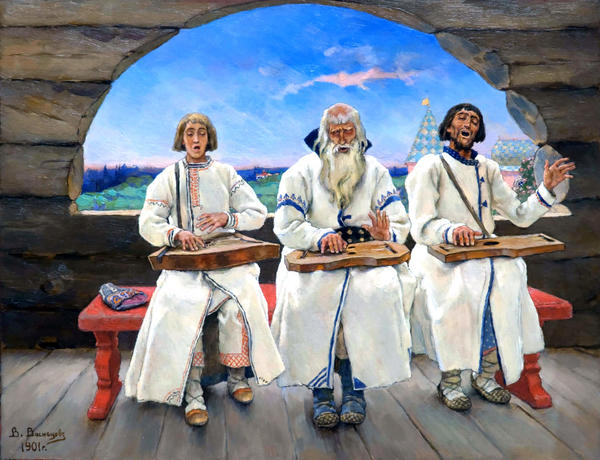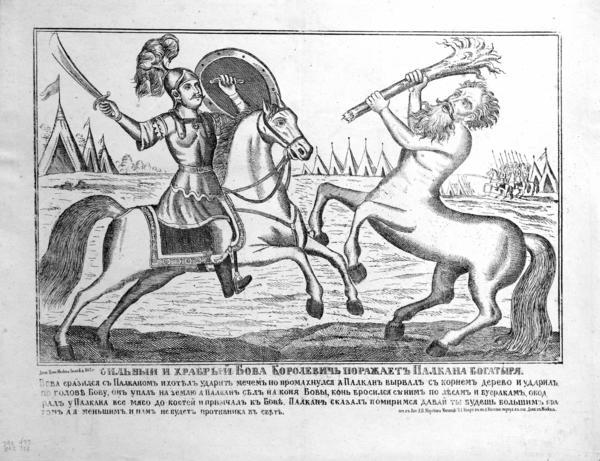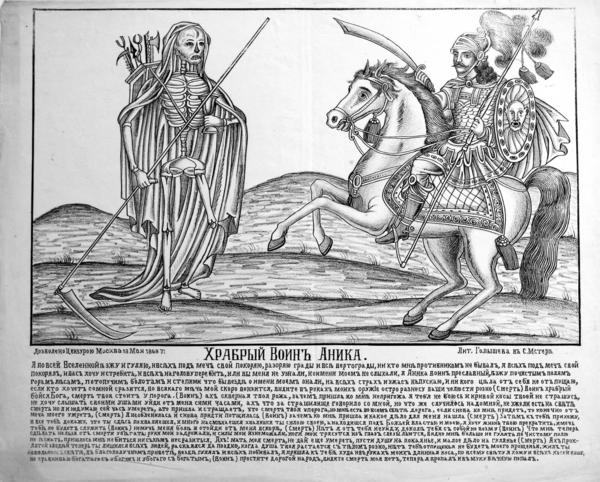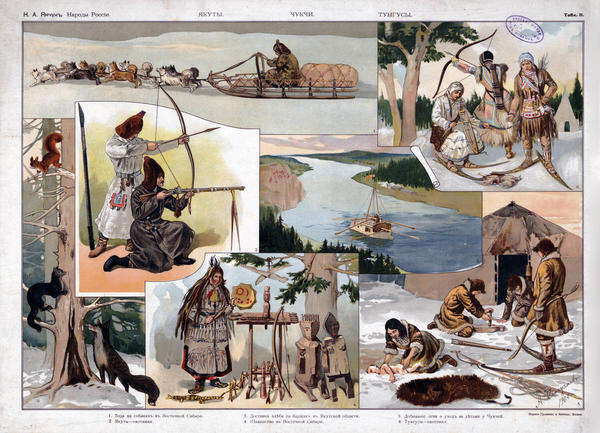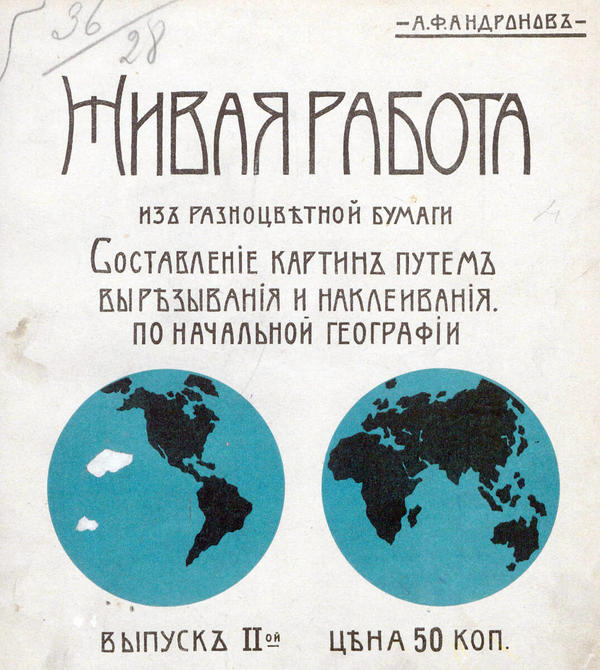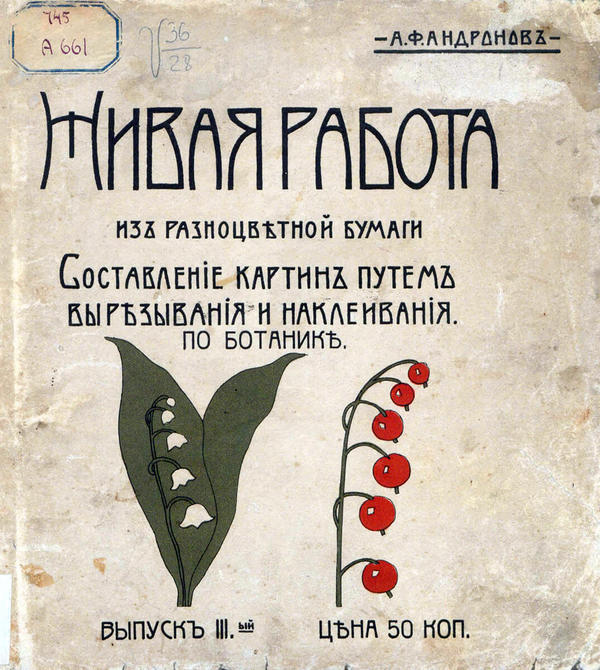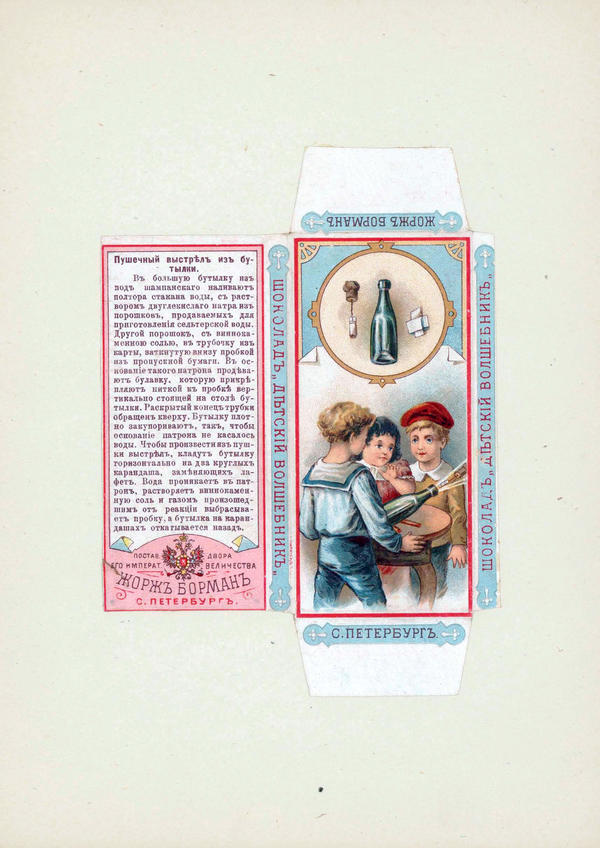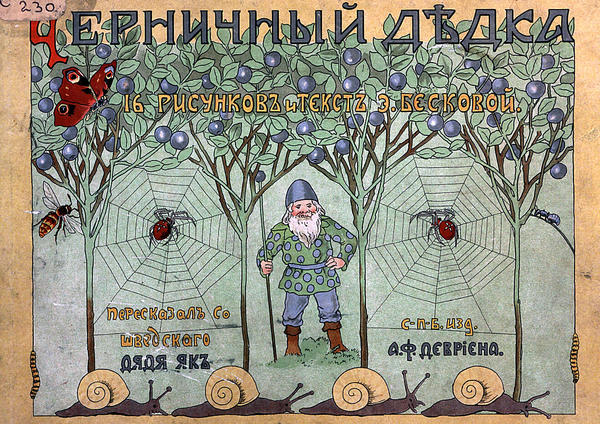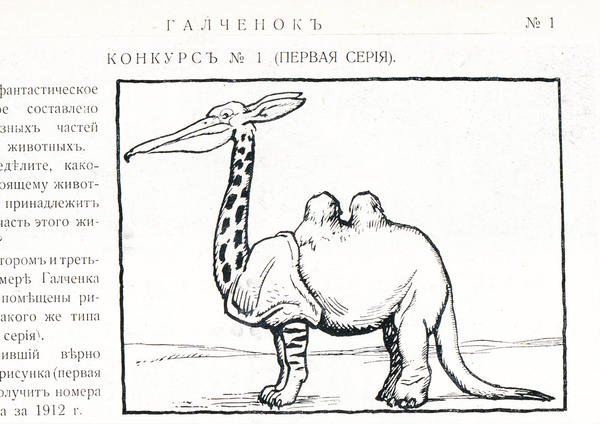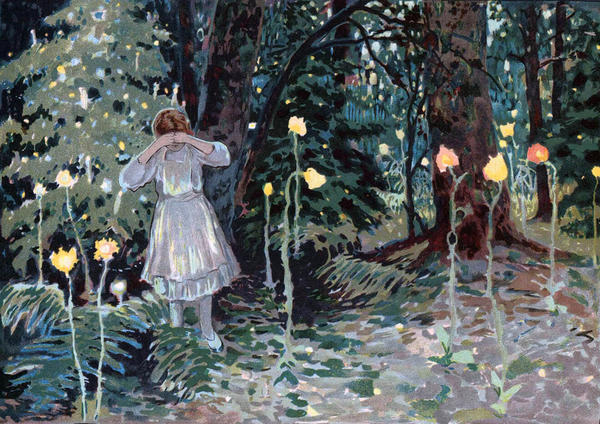Living Room Living Room
‘ABC in Pictures’ by A. Benois, family treasures, family heirlooms, family memories: beyond books, fairy tales come true, censorship, for our children and our children, right of children for self-expression and creativity
The main family treasures are collected in the living room – stories, traditions, heirlooms. On the walls there are portraits and children’s drawings that are more than 150 years old.
The oldest book in the living room was published in 1974, the newest one in 1915. There are books here that belonged to Nicholas II’s grandmother, a book about everything in the world ‘Almanac for Kids.’
Our main hero and guide throughout the exhibit is In the living room – ‘Alphabet in Pictures’ by Alexandre Benois, which he created for his little son Kolya. Nearby is a collection of manuscripts called ‘Our Magazine’ which was created by the children of famous artists, including the 14-year-old Kolya Benois.

